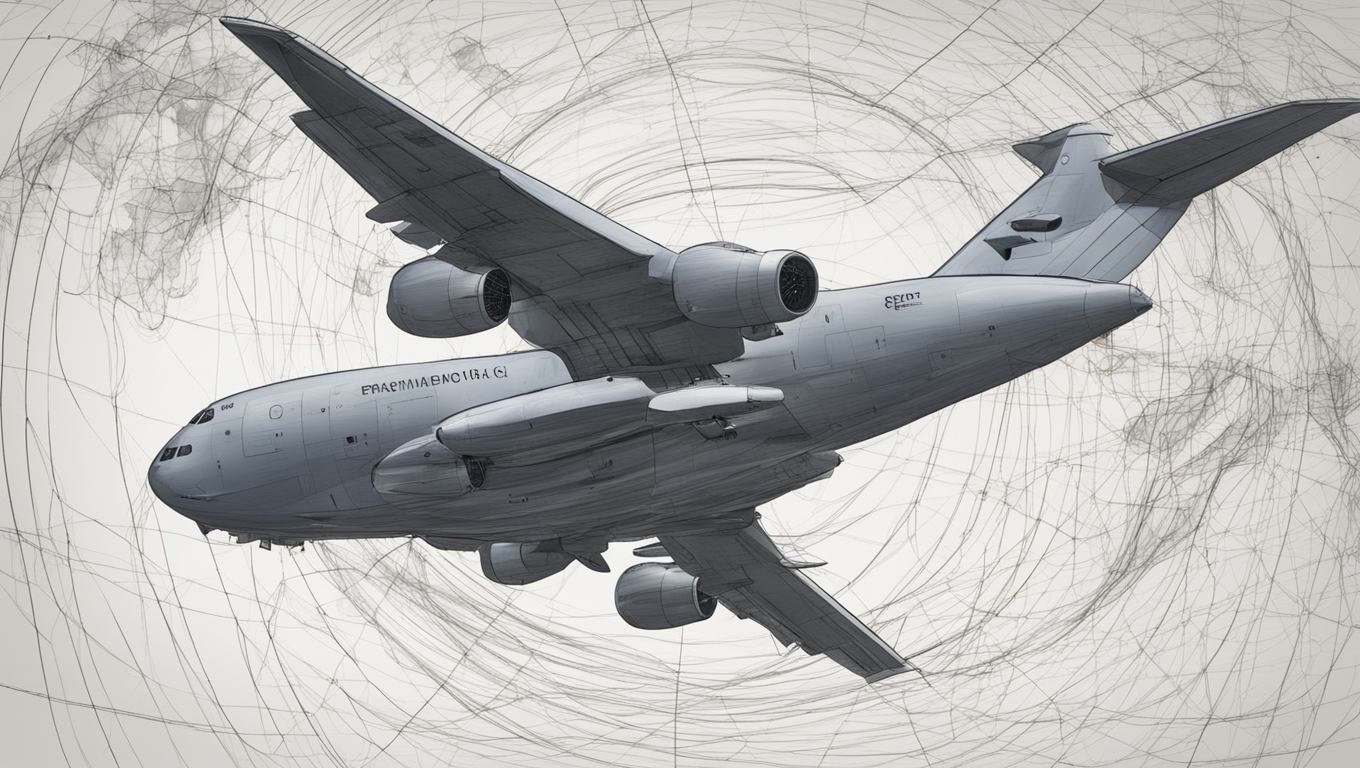The United States Air Force has been making significant advancements in the field of artificial intelligence (AI) and its application to military operations. Just recently, the Air Force showcased an AI-controlled F-16 fighter jet during a dogfighting exercise, with the Secretary of the Air Force flying in the front seat. While this impressive demonstration highlights the progress made in AI technology, it also raises concerns about the potential for future wars to be fought by machines without human intervention.
Amidst this race for AI supremacy, the United States is well aware of the competition posed by China. Both nations recognize the critical role AI will play in the future battlefield, and are actively investing in its development. However, the U.S. military reassures the public that while AI may enhance military capabilities, decisions regarding target selection and engagement will always involve human input.
To understand the current state of AI in the military, it is important to explore its roots. Machine learning and autonomy are the building blocks of AI in the military context. Machine learning involves using computers to analyze data and reach conclusions based on predefined rule sets. Autonomy, on the other hand, refers to the ability of computers to take action based on these conclusions without further human input.
The Navy’s Aegis missile defense system, developed in the 1960s and 1970s, serves as an early example of AI in the military. Aegis was programmed with if/then rules to detect and intercept incoming missiles autonomously. However, it lacked the ability to learn from its decisions. The emergence of big data and advanced computing power in 2012 marked a significant milestone in AI development, enabling computers to write their own rule sets and analyze information. This major breakthrough, often referred to as the “big bang” of AI, paved the way for more sophisticated AI systems.
The military has been actively exploring various applications of AI. One notable project involves the development of an AI alternative to GPS satellite-dependent navigation. In a hypothetical scenario where GPS satellites are compromised, the loss of GPS signals could have severe implications for communication, navigation, and coordinated military responses. To address this, the Air Force has tested an AI program loaded onto a laptop in a C-17 military cargo plane. The AI learns how to navigate using the Earth’s magnetic fields, filtering out the aircraft’s electromagnetic noise. Initial results have been promising, with the potential for the military to operate in GPS-denied environments.
Safety is a paramount concern when it comes to AI-controlled systems. The AI-controlled F-16, named Vista, has implemented safety measures to ensure that the AI does not execute maneuvers that could jeopardize the aircraft. A safety pilot is also present, ready to assume control if necessary. The AI algorithm itself cannot learn during a flight, but it is fed new data gathered in-flight to improve its performance in subsequent simulator sessions. The AI’s speed in analyzing data and finding efficient ways to maneuver has already surpassed that of some human pilots in dogfighting exercises.
Finally, understanding how pilots communicate has become an essential aspect of AI training. Service members assigned to the Massachusetts Institute of Technology (MIT) have been working on cleaning up recorded pilot conversations to create a dataset for AI to learn from. This understanding of communication is crucial for AI systems to effectively function as a reflection of command and control.
Overall, the Air Force’s progress in AI-enabled systems is impressive, but concerns about safety and control persist. While AI has the potential to enhance military capabilities, it is crucial to strike a balance and ensure human oversight and decision-making remain at the forefront. As the race for AI dominance continues, it is essential to explore the ethical and operational implications of deploying AI in military operations.





Use the share button below if you liked it.